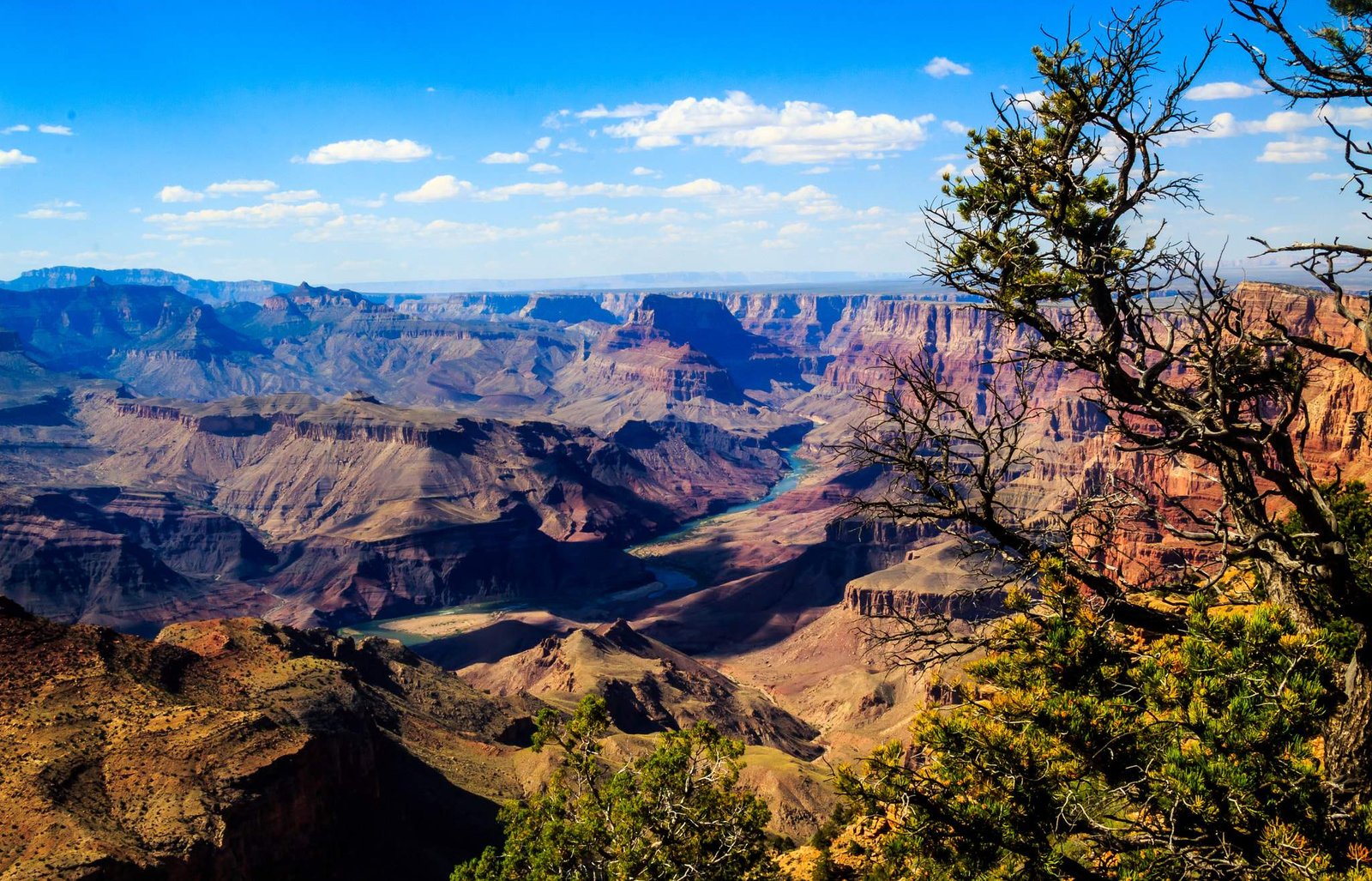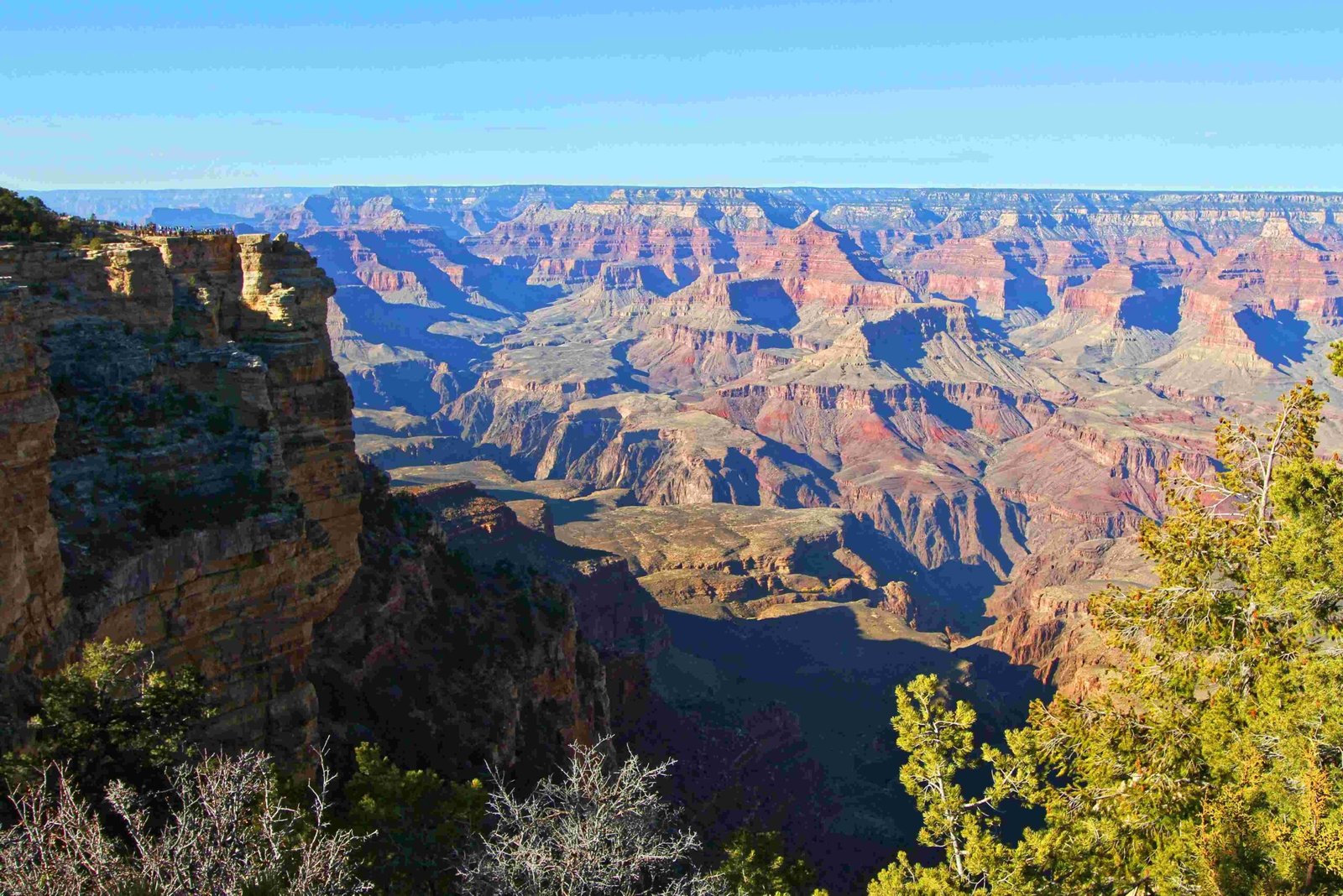Embarking on a New Year’s hike through the Grand Canyon offers an extraordinary wilderness experience where dramatic temperature variations, snow-dusted rims, and challenging trail conditions create a breathtaking winter landscape. Adventurers can explore stunning corridors while navigating unique seasonal challenges, transforming a traditional holiday celebration into an epic outdoor expedition.
Why Hike the Grand Canyon on New Years?

Winter hiking in the Grand Canyon presents a rare opportunity to witness an extraordinary landscape transformed by seasonal elements. Unlike summer’s crowded trails, December offers:
- Serene Wilderness: Fewer tourists and pristine snow-covered landscapes
- Mild Canyon Floor Temperatures: Daytime temperatures reaching 60°F
- Unique Photographic Opportunities: Dramatic winter lighting and snow-accented rock formations
What Are the Temperature Challenges?

| Location | Temperature Range | Considerations |
|---|---|---|
| South Rim | 35-42°F | Potential snow and icy conditions |
| Canyon Floor | 55-65°F | More moderate temperatures |
| North Rim | Closed (December-May) | Inaccessible during winter |
How Should Hikers Prepare for Winter Conditions?
Successful winter hiking requires meticulous preparation:
- Essential Gear Checklist:
- Microspikes or crampons
- Trekking poles
- Layered thermal clothing
- Waterproof hiking boots
- Emergency communication device
- High-energy snacks
-
Headlamp with extra batteries
-
Safety Recommendations:
- Check trail conditions before departure
- Inform park rangers about your hiking plan
- Carry emergency shelter
- Pack additional warm layers
- Limit hiking to corridor trails
What Trail Options Exist for New Years?
Recommended winter trails include:
- Bright Angel Trail: Well-maintained, gradual descent
- South Kaibab Trail: Steeper, more challenging route
- Rim Trail: Excellent for less experienced hikers
- Hermit Trail: Advanced hikers only
How Can Hikers Manage Short Daylight Hours?
Winter’s limited daylight requires strategic planning:
- Start hikes early (sunrise)
- Plan shorter routes
- Carry reliable lighting
- Track sunset times precisely
- Allow ample return time
What Unexpected Challenges Might Hikers Face?
Winter hiking introduces unique obstacles:
- Sudden weather changes
- Potential trail closures
- Ice and snow accumulation
- Reduced rescue accessibility
- Limited shuttle services
Are Permits Required for Winter Hiking?
| Permit Type | Requirements | Cost |
|---|---|---|
| Day Hiking | Recommended | Free |
| Backcountry Camping | Mandatory | $10 processing fee |
| Winter Special Use | Potentially required | Varies |
Pro Tips for Successful New Years Hiking
- Hydrate extensively
- Use moisture-wicking clothing
- Carry emergency communication
- Check weather forecasts repeatedly
- Consider guided tour options
- Maintain flexible hiking plans
Physical Preparation Recommendations
Ideal physical conditioning includes:
– Cardiovascular endurance training
– Strength exercises targeting legs
– Practice hiking with weighted backpack
– Acclimatization to cold environments
Final Wilderness Insights
A New Year’s Grand Canyon hike represents more than a physical journey—it’s a transformative experience connecting adventurers with nature’s most magnificent landscapes. Proper preparation, respect for environmental conditions, and an adventurous spirit guarantee an unforgettable start to the year.

